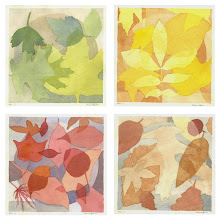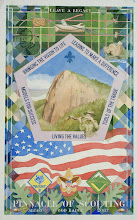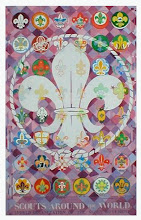As an architecture student at Kentucky 30 years ago, I was expected to spend long hours in my design studio, creating and refining the latest design project. It was common for many of us to spend 40 hours a week in this wonderful, 100 year-old building, right in the middle of campus. Most weeks, I spent more time there than in my dorm.
Each semester, 9 classmates and I would be assigned to a particular studio professor and together would share one of the dozen tall rooms in Pence Hall. Each semester, students were re-shuffled into new groups. As soon as our studio room was assigned, we would rush to stake out our personal space and lay out our low-tech equipment: a door, two sawhorses, and a parallel bar.
Together, we were to share that space for 16 weeks. It was an incredibly creative environment. Most people enjoyed collaboration and willingly offered great feedback. A few however, preferred to work in solitude or at home – offering or receiving little advice from others. Without exception, their work was never given high marks.
Our assigned professor would give each of us a daily critique during the scheduled class-time. The length of this feedback depended on how interested or puzzled they were by our work. It was common for professors to make their rounds at all hours of the night – not only to visit their own class but to check out others’. They would wander into our studio and ask someone to spontaneously explain their work and organizing idea. They were often just curious, but always gave very direct feedback. Feedback usually took the form of conversation wrapped around a sketch or two. Not always.
Paul Amatuzzo was one of these wandering, late-night professors known for his biting critiques. One evening in my second year, he ventured from his own studio across the hall and seemed drawn to the elaborate model I was making. It was becoming quite a thing to behold. Being proud of my effort, I shared my “brilliant” concept and waited for his adoration. Instead, he took two fingers into the heart of my model and pulled out a large chunk. I was horrified. He tossed those dissected parts on the floor and said in his thick New York accent “Now that’s much better, isn’t it Larson? Architecture is about space, not object-making”. He didn’t say anything more, he just left the room.
After the shock wore off, I began to realize what he meant and that his feedback was a wonderful gift. With this one simple lesson, Mr. Ammatuzzo had completely changed my understanding of architecture. He demonstrated with this action, that a building’s interior spaces were at least as important as how it looks on the outside. It’s about how the space works for the people who use it – and it’s not about the sculptural quality (or the architect).
In Architecture school, feedback was part of our ritual. We received it from professors in studio; we gave and received it with classmates at 2 AM pin-ups; we received it at formal juries in front of the entire college to witness. We had to learn humility - not taking feedback personally. Use it to make our efforts better.
Wood Badge teaches about giving and receiving feedback. There are effective ways to give and receive it. As staffers for SR966, we will use feedback to make the course better. Remember some of your own positive experiences with feedback and welcome it as it is intended - a gift.
Saturday, May 30, 2009
Subscribe to:
Post Comments (Atom)







No comments:
Post a Comment